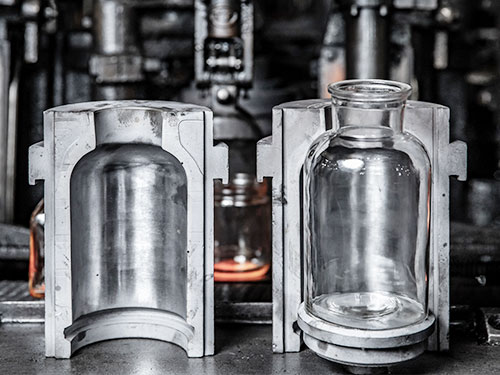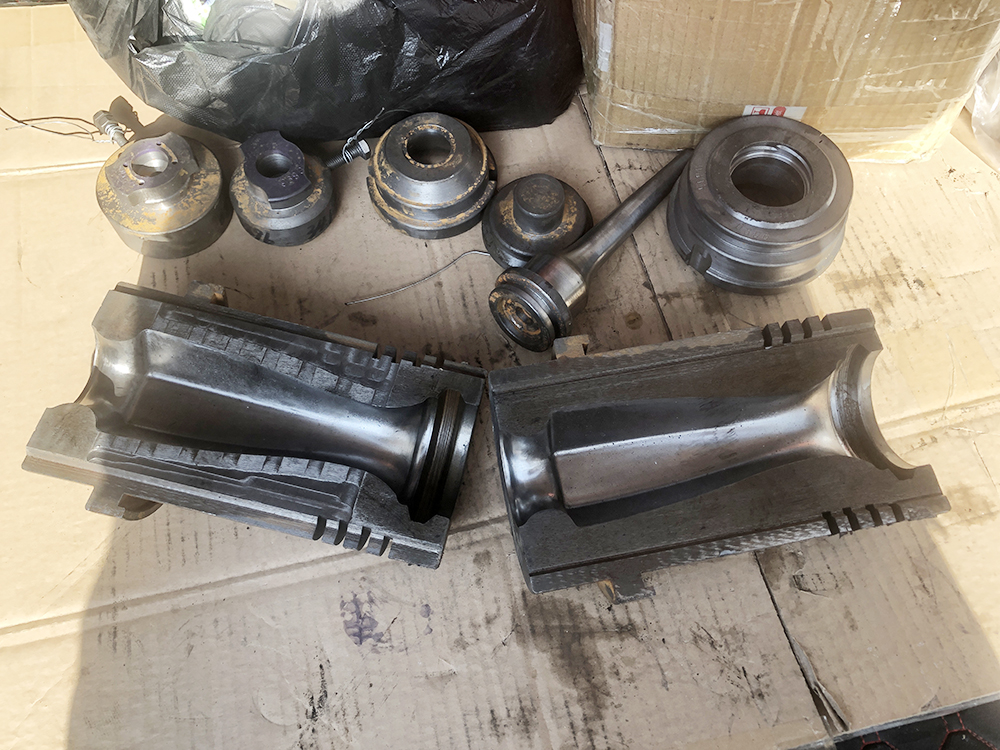Most glass bottles nowadays are produced using molded molds. Due to the various manufacturing processes and long production lines, they have the advantage of being difficult to break. Unique glass bottles for wine packaging and customization can be produced based on molds. Some glass bottles with unique shapes, engraved words on the body, or patterns are all produced based on molds.
Molded glass bottles are widely used in the market, such as in the food industry (such as liquor bottles, beer bottles, wine bottles, water bottles, etc.), the pharmaceutical industry (such as infusion bottles, large oral liquid bottles, essential oil bottles, red flower oil bottles, etc.), the daily chemical industry (such as essential oil bottles, cream bottles, day cream bottles, etc.), and health product companies (such as blister pill bottles, health products bottles, etc.).
Molded glass bottles are produced using molds. Issues such as mold seams, mouth mold lines, cracks in the bottle bottom, insufficient resistance to internal working pressure, and insufficient thermal shock resistance are all caused by poor mold conditions. Therefore, the quality of the mold can directly affect the quality of the molded glass bottle. Using full set molds for production ensures the quality of the mold and reduces weight deviation in the product, thus ensuring the quality of the glass bottle at its root cause. Molds are consumables, and due to wear and tear, they often need maintenance to ensure that the glass bottles produced do not have quality issues.
So how do we usually maintain molds?
First, mold cleaning. Clean the initial mold, forming mold, punch, and mouth mold, and clean all parts of the mold. Our factory uses dry jet cleaning to extend the life of the mold.
Second, initial inspection. Check the size tolerance specifications, volume, and rust of the initial mold and forming mold in all directions, and record relevant data information on the mold inspection and repair form.
Third, basic maintenance. Repair the damaged parts, conduct spray welding on the mold seam, conduct spray welding on all tightly connected parts, adjust the combination of the initial mold and the core, mill and solve the combination of the mouth mold, and print and extrude the screw on the mold bottom. Polish the mold parts and mouth mold.
Fourth, final inspection. After the repair of the initial mold and forming mold is completed, use a micrometer, a vernier caliper, and a thread plug gauge for final inspection.
The above maintenance procedures are slightly different from the timely maintenance of molds during the production process or the preparation of molds for replacement. It is critical to recheck the previously repaired mold parts or full set molds before installing them on the bottle-making machine. To ensure the reliability of the production standard, all key specifications and main parameters must be consistent with the original design specifications and models.
In particular, when producing lightweight bottles in a glass bottle factory, attention should be paid to the materials of the molds and accessories. For example, the punch material used for mouth pressing blowing needs to be reliable enough. If the internal metal debris on the surface of the punch falls off, it is likely to adhere to the inner surface of the empty bottle, producing a “black spot” and greatly reducing the impact resistance and other physical performance parameters of the molded glass bottle.
Post time: 6月-26-2023







